According to some, there are two kinds of people in the world: those who wonder “how it works” and those who ponder “what it does.” The “it” could be a tool or a machine or a process. Put another way, some folks focus on how a final product is achieved while others focus on the various characteristics of the final product itself.
Since I’ve always been more of a “what does it do” guy than a “how does it work” guy, I will mostly sidestep the chemistry aspect of lees aging (proteins and enzymes and the like) and turn our attention to the final product. How does lees aging affect the wine in your bottle?
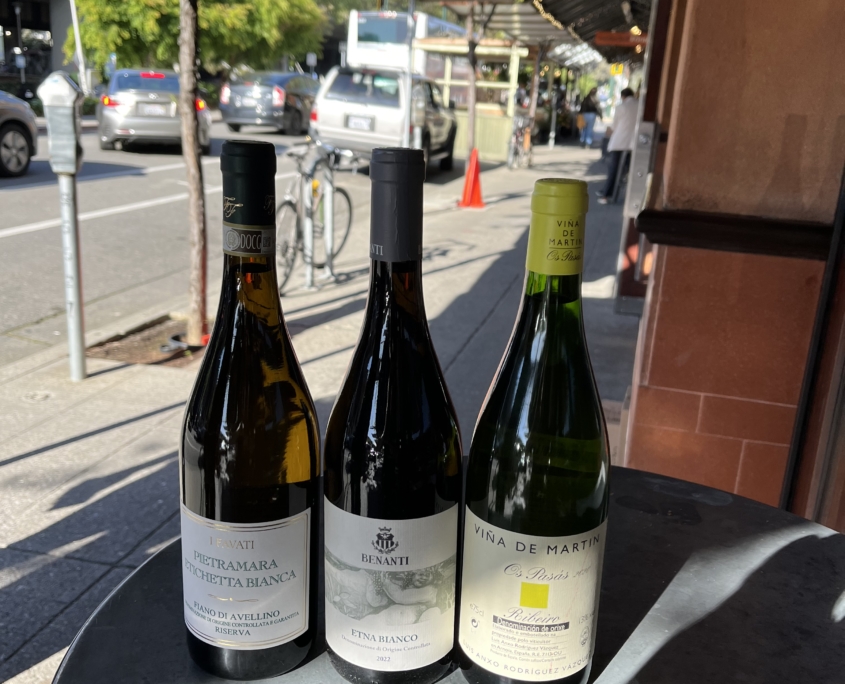
For starters, lees contact will give the wine richness, depth, and warmth. It helps to smooth a wine’s rougher edges while adding complexity and breadth to the flavors and aromas. Lees aging might also help stabilize a wine by helping to fend off oxidation. Producers of “serious” wines from Champagne and Burgundy have traditionally relied on lees aging, but so have makers of sleeker, mineral-driven wines such as Muscadet and Galician albariño.
To me, there is a certain sweet spot when it comes to lees aging–when the technique takes place in stainless-steel tanks. The combination of stainless steel and lees contact gives a wine creaminess and texture without sacrificing acidity. It creates wines that are fleshy but still fresh, and it lends the wine a bit of weight and gravity while maintaining expressive, bright fruit. It offers some characteristics associated with wood aging, but with a more restrained touch.
I find that wines made in this style are often perfect for rich, shellfish-based dishes. At Paul Marcus Wines, we offer a wide range of white wines made in this steel-plus-lees style that are worth discovering, including three of particular note:
2019 I Favati Fiano di Avellino – Pietramara Etichetta Bianca
Fiano from the hills of Campania is perhaps the most esteemed white grape in all of Italy, and this multifaceted bottling offers ample proof why–especially when accompanying casarecce with rock shrimp in a spicy tomato-cream sauce.
2022 Benanti Etna Bianco
Made with 100 percent carricante from the eastern and southern slopes of Sicily’s Mt. Etna, this bright, gently smoky, beautifully balanced wine will shine alongside brinier dishes such as steamed clams and mussels in a lemon and white wine broth.
2020 Luis Rodriguez Ribeiro – Os Pasás
Predominantly treixadura, and filled out with small amounts of albariño, torrontés, and lado, this Galician stunner would pair well with gambas al ajillo (garlic shrimp) atop buttery white beans.
These three wines seem to have much in common: distinct minerality, lovely texture, and a subtle tropical vibe–melon and mango and such–along with a cleansing salinity. We are talking about dynamic, age-worthy whites that are much more complex and stimulating than your run-of-the-mill Sancerre and half the price of a comparable white Burgundy. As summer approaches and shellfish season begins, it’s the perfect time to get to know these charming white wines.

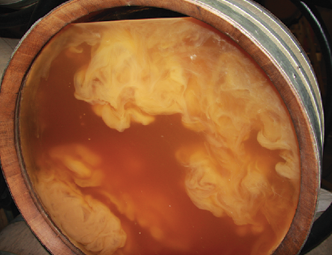
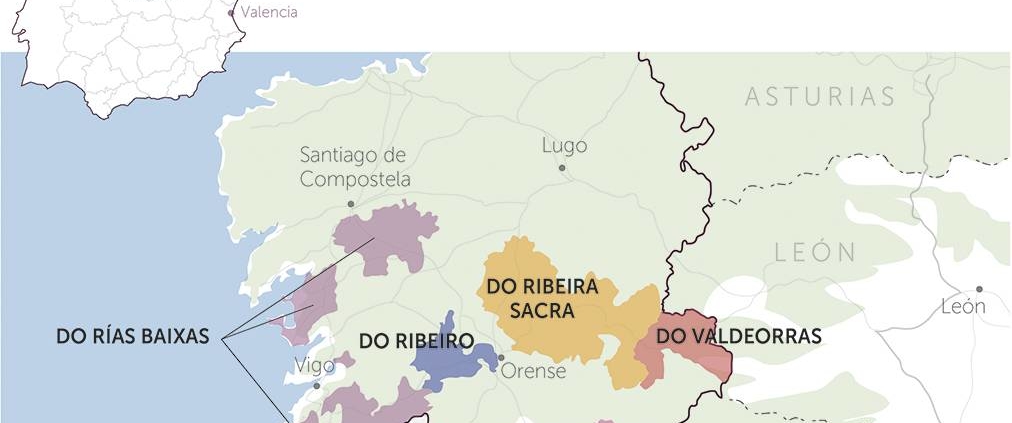
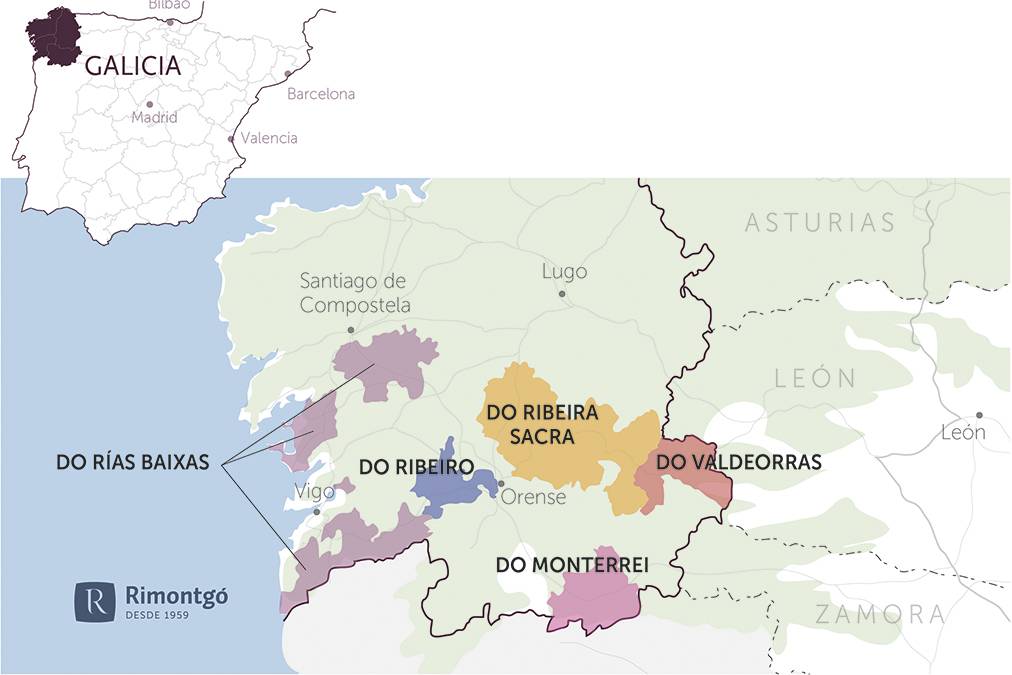
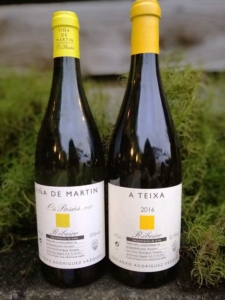 Among the leading lights of Ribeiro is Luis Anxo Rodriguez Vazquez, who has been making wines in the region for more than 30 years. Included in his lineup are two treixadura-based cuvees, both available at Paul Marcus Wines. Viña de Martin Os Pasás blends treixadura with lado, albariño, and torrontes, and it’s aged in steel on the lees for 10 to 12 months. It makes a perfect match for simply prepared fish and chicken dishes, as well as a variety of hard cheeses. A Teixa adds godello and albariño to its treixadura foundation and spends a year on the lees in large wooden vats. This cuvee partners brilliantly with all manner of shellfish (especially scallops) and full-flavored poultry creations.
Among the leading lights of Ribeiro is Luis Anxo Rodriguez Vazquez, who has been making wines in the region for more than 30 years. Included in his lineup are two treixadura-based cuvees, both available at Paul Marcus Wines. Viña de Martin Os Pasás blends treixadura with lado, albariño, and torrontes, and it’s aged in steel on the lees for 10 to 12 months. It makes a perfect match for simply prepared fish and chicken dishes, as well as a variety of hard cheeses. A Teixa adds godello and albariño to its treixadura foundation and spends a year on the lees in large wooden vats. This cuvee partners brilliantly with all manner of shellfish (especially scallops) and full-flavored poultry creations.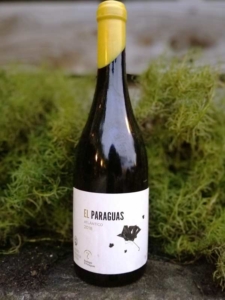 Another producer working wonders with treixadura is Bodegas El Paraguas, whose estate white blend is mostly treixadura with some godello and albariño. With minimal oak influence (only the godello sees wood), the El Paraguas is a bit more focused than Rodriguez’s blends, and equally as satisfying.
Another producer working wonders with treixadura is Bodegas El Paraguas, whose estate white blend is mostly treixadura with some godello and albariño. With minimal oak influence (only the godello sees wood), the El Paraguas is a bit more focused than Rodriguez’s blends, and equally as satisfying.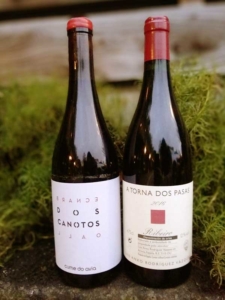 Rodriguez makes two brancellao-based cuvees (blended with other indigenous Ribeiro grapes including caiño and ferrol) that have been featured at Paul Marcus Wines: the Eidos Ermos bottling, which combines oak and steel aging, and the slightly sturdier A Torna Dos Pasás, which sees 12 months of used oak. These food-friendly blends can accompany anything from spicy pork dishes to tuna steaks.
Rodriguez makes two brancellao-based cuvees (blended with other indigenous Ribeiro grapes including caiño and ferrol) that have been featured at Paul Marcus Wines: the Eidos Ermos bottling, which combines oak and steel aging, and the slightly sturdier A Torna Dos Pasás, which sees 12 months of used oak. These food-friendly blends can accompany anything from spicy pork dishes to tuna steaks.